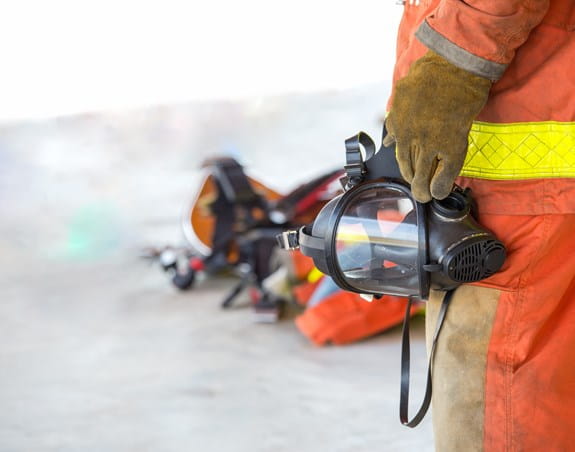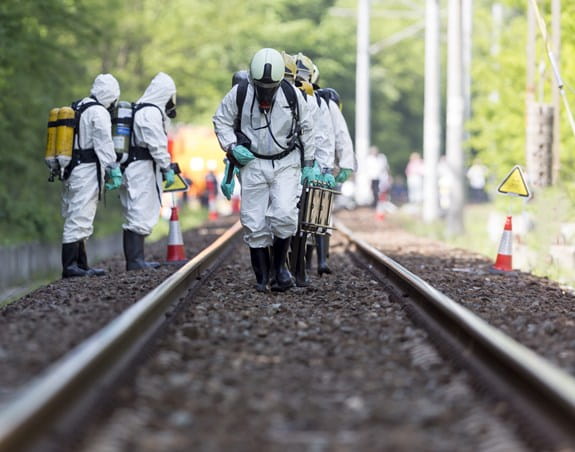Protect yourself

How do I know if my health is at risk at work?

Assessing your risk
What governments and employers should do to protect workers

What you can do to be safe at work
Workplaces are safer today than they were in the past. Workplace health and safety practices have greatly reduced or eliminated exposure to harmful substances, including carcinogens.
But you still may be exposed to hazardous substances at work. Here are some important ways to protect yourself:

Materials in the workplace have a Material Safety Data Sheet (MSDS). This document gives information on the potential hazards, health effects of exposure and how to work safely with the product. These guidelines are printed on the packaging and are posted in the workplace.
Canada’s Workplace Hazardous Materials Information System (WHMIS) identifies the hazards of a chemical and provides information on the safe use of hazardous materials. WHMIS information is provided through product labels, MSDS information and worker education programs.
If you're concerned about your workplace
You have the right (under provincial, territorial and federal health and safety legislation) to refuse work that exposes you to known and highly suspected carcinogens. If you’re concerned about exposure to a potential carcinogen or would like more information about potential hazards in your workplace, contact the Canadian Centre for Occupational Health and Safety or the Canadian Cancer Society’s Cancer Information Helpline at 1-888-939-3333.
The Occupational Cancer Research Centre (OCRC) in Canada was set up to increase knowledge on the causes and prevention of work-related cancers. For more information, visit the OCRC website.
